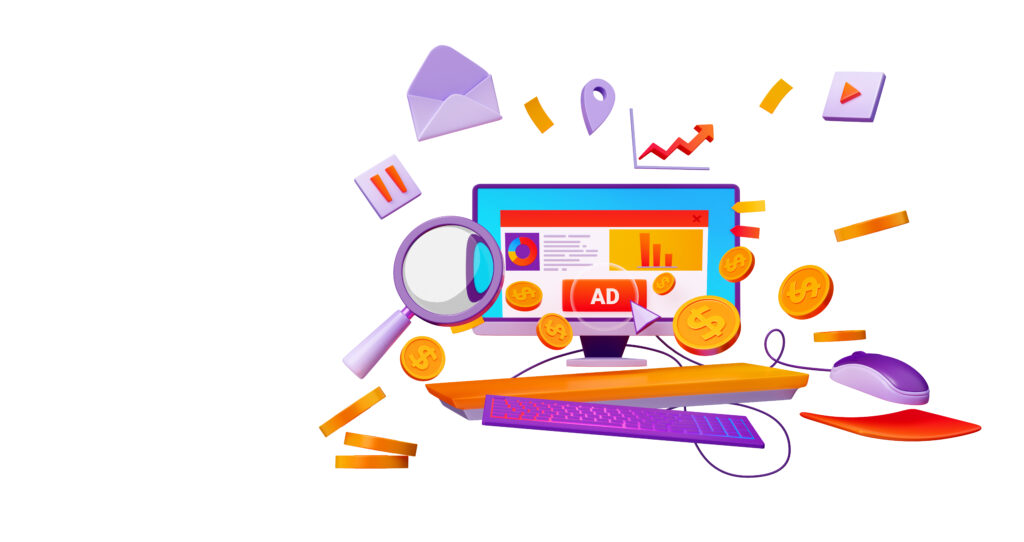Table of Contents
ToggleGoogle Ads: 5 Powerful Strategies to Skyrocket Your Performance in 2025

Google Ads continues to be the cornerstone of digital advertising, driving sales, leads, and brand awareness for businesses worldwide. As we enter 2025, the Google Ads landscape has evolved with smarter AI, advanced audience signals, and heightened privacy standards. Mastering it now means working smarter, not harder—strategically leveraging innovations to boost your ROI, efficiency, and competitive edge.
In this comprehensive guide, you’ll discover five powerful Google Ads strategies crafted for 2025, optimized for current trends and unique value. Whether you’re a seasoned marketer or just starting out, these insights will help skyrocket your performance and leave your competitors behind.
Table of Contents
- Embrace AI and Automation Strategically
- Master Audience Segmentation and Signals
- Optimize Campaign Structure for Intent
- Integrate Data and SEO for Enhanced Outcomes
- Implement Ongoing Negative Keyword Strategies
- Google Ads Performance Checklist for 2025
- Conclusion & CTA
1. Embrace AI and Automation Strategically
AI now lies at the heart of Google Ads. From smart bidding and dynamic creatives to automated campaign management, AI enables advertisers to optimize in real time. But in 2025, the winners don’t just automate—they guide automation with smart, strategic inputs.
- Performance Max Campaigns: These harness Google’s algorithms to run ads across Search, Display, YouTube, and more—no manual keywords needed. Your role? Provide high-quality assets and strong audience signals.
- AI-Powered Creative Testing: Use machine learning tools to generate and test new headlines, descriptions, and images. This speeds up optimization and uncovers combinations you might never consider manually.
Key Takeaway: Use AI to scale strategically—not to replace your expertise. Pair automation with precise goals and accurate conversion tracking for unbeatable results in Google Ads
2. Master Audience Segmentation and Signals
Targeting in Google Ads has moved well beyond keywords. Success in 2025 hinges on laser-focused audience signals and segmentation.
- In-Market & Affinity Audiences: Reach users actively researching, or those with consistent interests, for deeper engagement.
- Custom Segments & Customer Match: Upload first-party data (emails, CRM lists) to create highly targeted and lookalike audiences.
- Demographic & Behavioral Targeting: Layer targeting by age, gender, location, and online behavior for unmatched relevance.
“Smart segmentation ensures efficient ad spend and more meaningful campaign results.”
Tips:
- Segment by intent, product/service, or geography for tailored messaging.
- Regularly update and review your audience lists to reflect changing user behavior.
3. Optimize Campaign Structure for Intent
A strong campaign structure is crucial now more than ever in Google Ads. It’s about more than clean organization—it’s about using intent and data to drive performance.
Steps:
- Start With Clear Business Objectives: Define your goal—sales, leads, or awareness. This determines campaign type and bidding strategy.
- Segment Campaigns & Ad Groups: Separate by product lines, geography, or user intent (research vs. purchase).
- Use HTAG (Highly Themed Ad Group) Method: Group 2–3 closely related keywords per ad group. Keep ad copy and landing pages tightly matched.
- Split Brand vs. Non-Brand Campaigns: Isolate branded keywords for better insight and budget control.
Checklist:
- Is each campaign goal-driven?
- Are ad groups focused and highly relevant?
- Is branded traffic separated from non-brand for clear analysis?
Single Keyword Ad Groups (SKAGs) vs. Highly Themed Ad Groups (HTAGs)
While SKAGs (Single Keyword Ad Groups) were once best practice, HTAGs are now preferred. They balance tight relevance with scale, grouping closely related keywords for better performance without bloating account structure.
4. Integrate Data and SEO for Enhanced Outcomes
Combining Google Ads with SEO unlocks new levels of performance.
- Google Keyword Planner: Use it for both paid and SEO campaigns to discover high-performing keywords.
- SEO Insights for Ads: Optimize landing pages using organic keyword data to boost ad quality scores and conversion rates.
- Data-Driven Decisions: Track key metrics—CTR, conversion rate, ROAS—via both Google Ads and Google Analytics. Adjust ad copy and targeting based on SEO learnings.
Benefits:
- Immediate visibility (ads) + long-term growth (SEO)
- Deeper keyword intent understanding
- Improved budget allocation and ROI
Aligning Paid and Organic Strategies
Integrate keyword research, landing page optimization, and meta descriptions from SEO into your Google Ads campaigns for consistent messaging and improved rankings.
5. Implement Ongoing Negative Keyword Strategies
A robust negative keyword strategy remains one of the most overlooked yet powerful ways to save ad spend and boost Google Ads performance.
Best Practices:
- Proactive Research: List irrelevant terms during setup (e.g., exclude “free” if selling premium products).
- Regular Search Terms Report Review: Identify wasted spend and refine negative keyword lists.
- All Match Types: Use broad, phrase, and exact negative matches for precision.
Quick Tips:
- Review negative keywords weekly.
- Block ambiguous or irrelevant searches to protect budget.
- Use automation scripts for real-time exclusion if running large campaigns.
Google Ads Performance Checklist for 2025
- Are you using AI-powered bidding & creative tools?
- Have you segmented audiences by in-market, affinity, custom, and demographic signals?
- Is your campaign structure intent-driven and well organized?
- Are you aligning SEO and Google Ads strategies for unified growth?
- Is your negative keyword list actively managed?
Conclusion & Strong Call-to-Action
2025 has made Google Ads more powerful but also more competitive. By embracing AI, mastering audience signals, optimizing your campaign structure, integrating SEO, and refining your negative keyword strategies, you’re poised to drive exponential business growth.
Ready to skyrocket your Google Ads results?
Schedule a personalized consultation with our team, or download our “Google Ads Performance Checklist for 2025” and start optimizing today!
